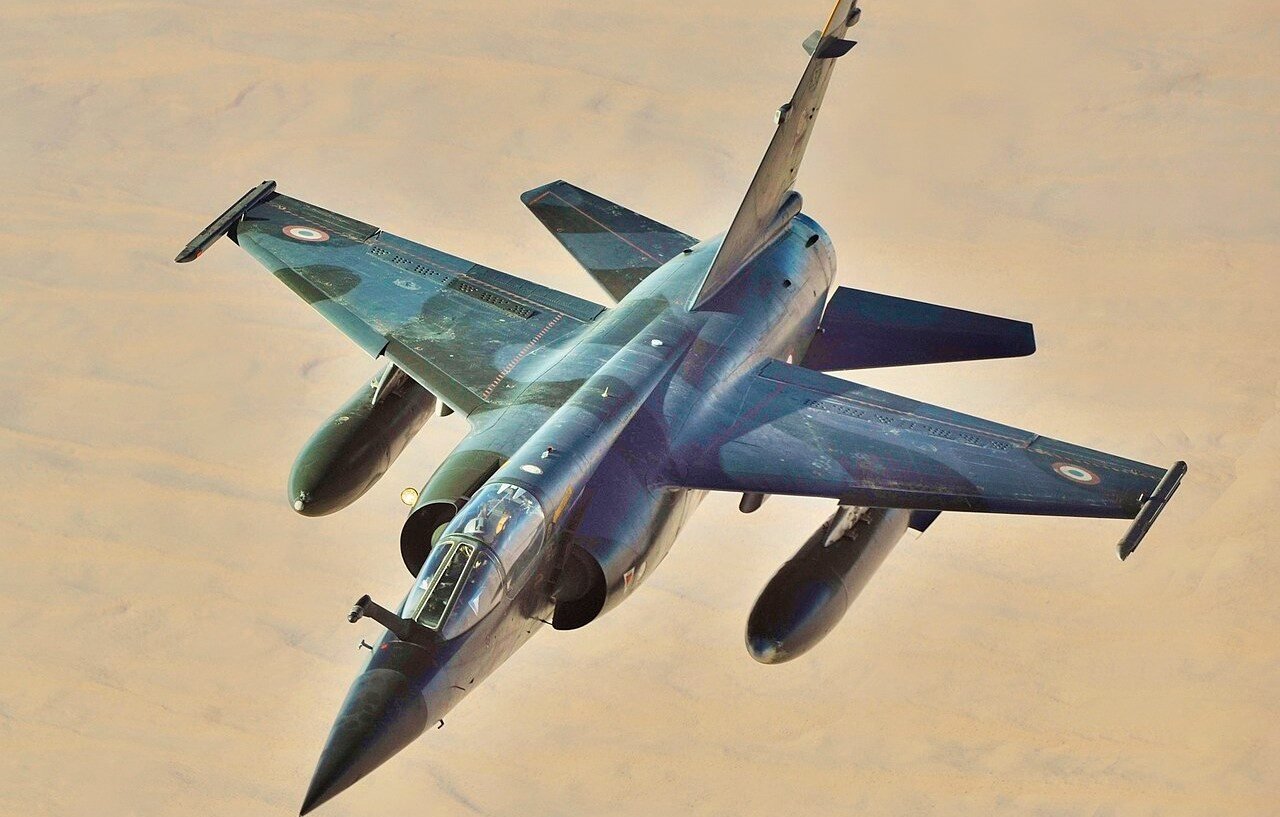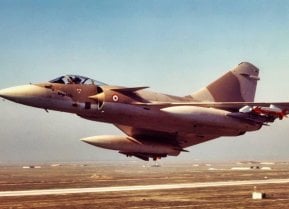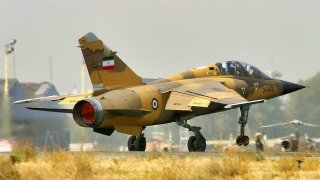Dassault Mirage F1: The Incredible Fighter Jet That Served Everywhere
The Dassault Mirage F1, first introduced in 1966, was a significant advancement in French aviation, serving as a successor to the Mirage III. Unlike its predecessors with delta wings, the Mirage F1 featured swept wings and conventional tail surfaces, enhancing its maneuverability and reducing runway length requirements.
Summary: The Dassault Mirage F1, first introduced in 1966, was a significant advancement in French aviation, serving as a successor to the Mirage III. Unlike its predecessors with delta wings, the Mirage F1 featured swept wings and conventional tail surfaces, enhancing its maneuverability and reducing runway length requirements. Initially developed as a private venture by Dassault, the F1 was later adopted by the French Air Force as an all-weather interceptor. Over its nearly 30-year production run, more than 700 units were built, seeing extensive use in various air forces around the world.
Dassault Mirage F1: Celebrating Over 50 Years of Aerospace Excellence
Produced for nearly 30 years, the Dassault Mirage F1 was a staple of various air forces. The aircraft remains in limited service today, more than 50 years after its introduction. Developed as a successor to the Mirage III family, the French-made Mirage F1 first flew in December 1966. It would be exported to Iraq, Greece, and Spain, among other countries.
A Private Venture
Dassault developed the Mirage F1 under its own initiative. The larger Mirage F2 was also planned, but that program was canceled in the late 1960s, freeing up Dassault to invest more readily in the F1.
France’s air force saw promise in the private venture, viewing the F1 as a possible all-weather interceptor aircraft. Dassault catered to this interest and outfitted the first batch of F1s with a Thomson-CSF Cyrano IV monopulse radar, which would allow for all-weather operations. The bid worked, and the French procured the F1 as an all-weather interceptor.
The Mirage F1: Swept Wings
The Mirage F1 was similar in size to the Mirage III and Mirage 5, albeit without the delta wings. Instead, the F1 had swept wings mounted high on the fuselage, as well as conventional tail surfaces. Although the F1 had a smaller wingspan than the delta-winged Mirage III, it had a higher fuel capacity, a shorter-take off length, and superior maneuverability.
While funding shortages delayed the maiden flight, the first F1 prototype finally took to the air on Dec. 23, 1966. Soon thereafter, the prototype hit Mach 2, but in early 1967, the first prototype would be lost when a flutter caused the pilot to lose control. The jet was destroyed and the pilot was killed. Nevertheless, the jet had proven itself sufficiently to earn its first order from the French air force. Production began and would not cease until the 1990s, by which time more than 700 Mirage F1s had been built.
Built around a single engine, the F1 was capable of serving as both an interceptor and a ground-attack fighter. The fuselage was taken directly from the Mirage III, but the reconfigured wings resulted in a 50% reduction of required runway lengths, a 40% greater combat range, and a 25% reduction in landing speed. The F1’s wing featured both double-slotted trailing edge flaps and full-span leading edge slats, which could be automatically operated to reduce the F1’s turn radius.
The Mirage F1’s SNECMA Atar 9K-50 turbojet engine provided 15,000 pounds of thrust, which allowed the jet to reach top speeds of 1,453 miles per hour and a ceiling of 65,615 feet. The engine drew compliments for its simple design.

The F1 was outfitted with a pair of internal 30 mm cannons and one Matra R530 medium-range air-to-air missile. However, the jet could carry a combined payload of nearly 14,000 pounds-worth of bombs and missiles externally.
The Mirage F1 became a staple in air forces from Greece and Ecuador to Iraq and Libya. It served in the French air force until 2014, and today you can still find the F1 in service with the Republic of the Congo, Gabon, Iran, Libya, and Morocco.
About the Author: Harrison Kass
Harrison Kass is a defense and national security writer with over 1,000 total pieces on issues involving global affairs. An attorney, pilot, guitarist, and minor pro hockey player, Harrison joined the US Air Force as a Pilot Trainee but was medically discharged. Harrison holds a BA from Lake Forest College, a JD from the University of Oregon, and an MA from New York University. Harrison listens to Dokken.


